Your Child Will Learn
How to observe and compare trees
Here’s What to Do
- Head to an area with several trees (ideally different types of trees). Bring a few pieces of paper, tape, and something to make a rubbing (a crayon, piece of chalk, or piece of drawing charcoal).
- Stop at the trunk of a tree. Feel the texture of the tree trunk. Hold the piece of paper on the tree bark, and encourage your child to make a rubbing of the texture. (If using a crayon, peel the paper wrapper off and use the side of the crayon instead of the tip.)
- Collect any parts of the tree that have fallen (leaves, acorns, seeds, pinecones, twigs, flowers, etc.) and tape them to the paper. If you know what kind of tree it is, write the name of the tree on the paper.
- Repeat with other nearby trees. Compare the different tree collages you’ve made.
Put PEER Into Action
PAUSE
- Close your eyes and listen to the sounds around you. Can you hear trees making noise? Birds or other animals?
ENGAGE
- “We’re going to make some tree collages! First, we’re going to make a special kind of drawing to help us notice the texture of tree bark. Then we’ll add some leaves and acorns to our collage.”
- “Do you see anything that looks the same between these 3 tree collages? Do you see anything that looks different?”
ENCOURAGE
- Encourage your child to touch the tree bark and describe if it’s smooth or rough. Ask them to notice if the bark made a smooth rubbing or uneven rubbing on the paper.
- Offer a comparison yourself and see if that encourages your child to make one of their own. Like: “I’m noticing that these two trees have leaves with smooth edges.”
REFLECT
- “You were such a great scientist making observations today! What nature would you like to observe next time?”
Not Quite Ready
If your child has a difficult time making comparisons themselves, describe all the differences you see between the trees.
Ready for More
Encourage your child to sort the tree texture collages by similarities. Can your child begin to group trees by deciduous/evergreen trees, or other categories?
As Your Child Masters This Skill
They will build observation skills and the vocabulary to describe similarities and differences
Time to Complete
20-30 minutes
Materials Needed
Several pieces of paper, a crayon or piece of drawing charcoal, tape
